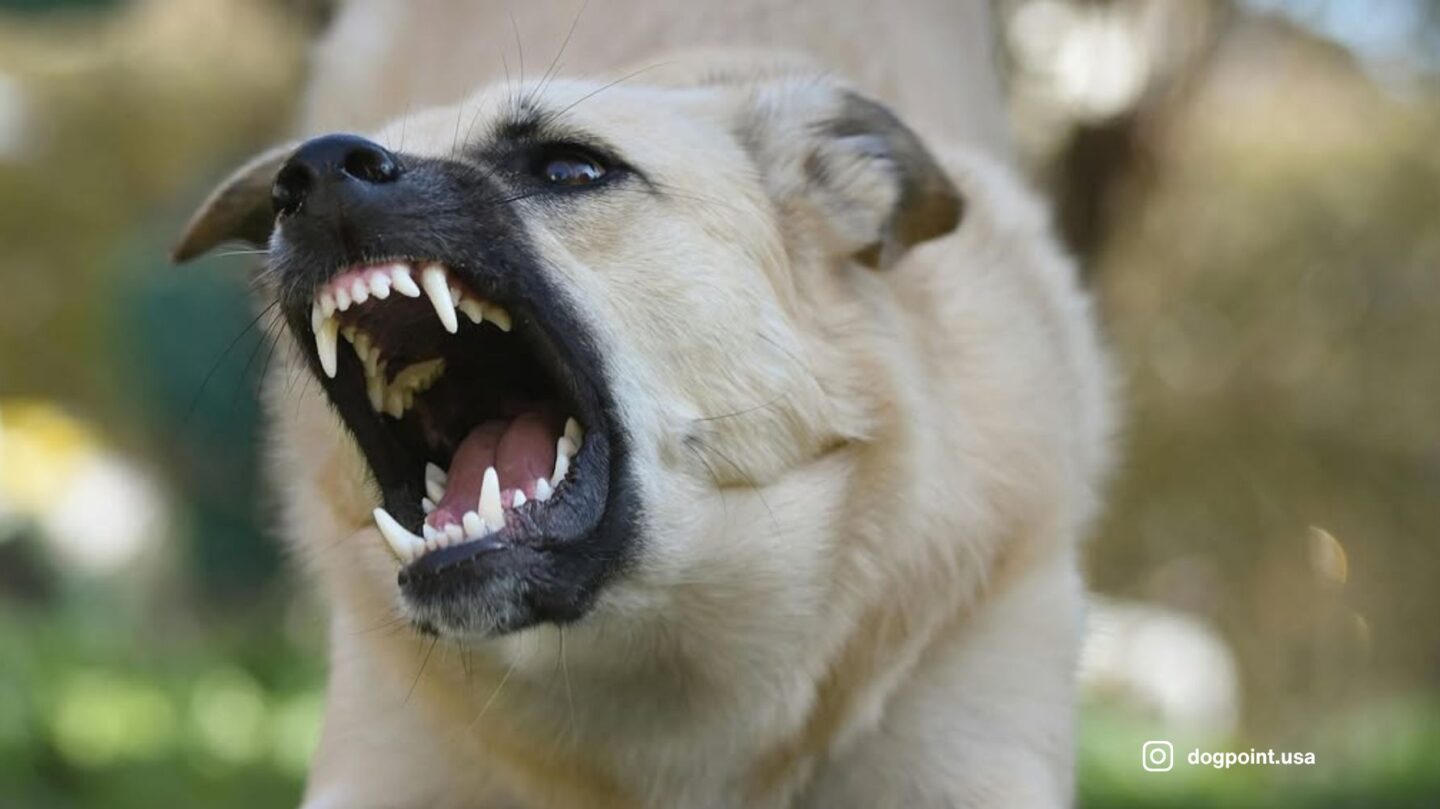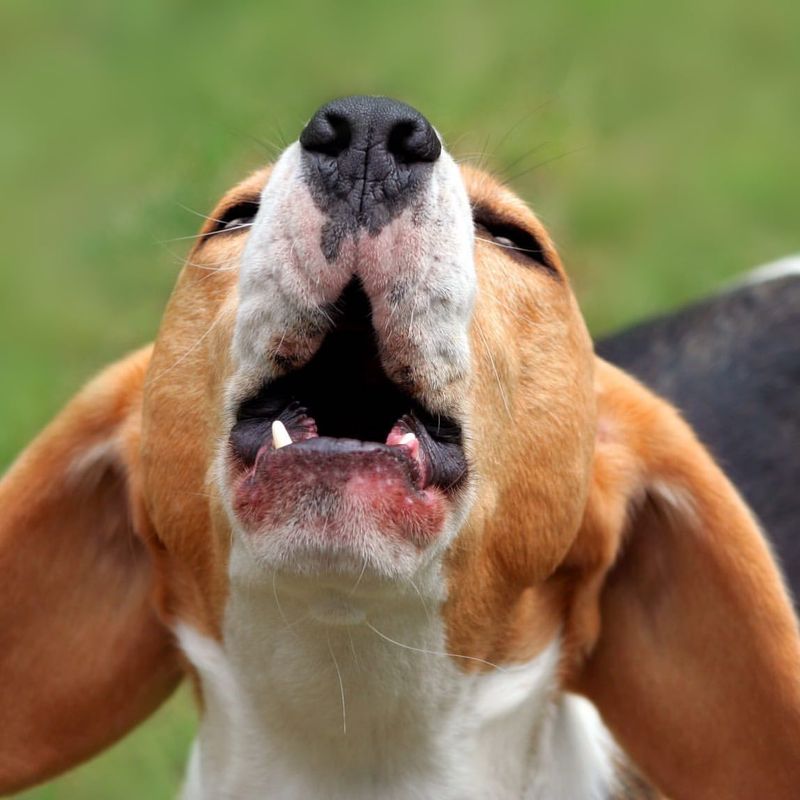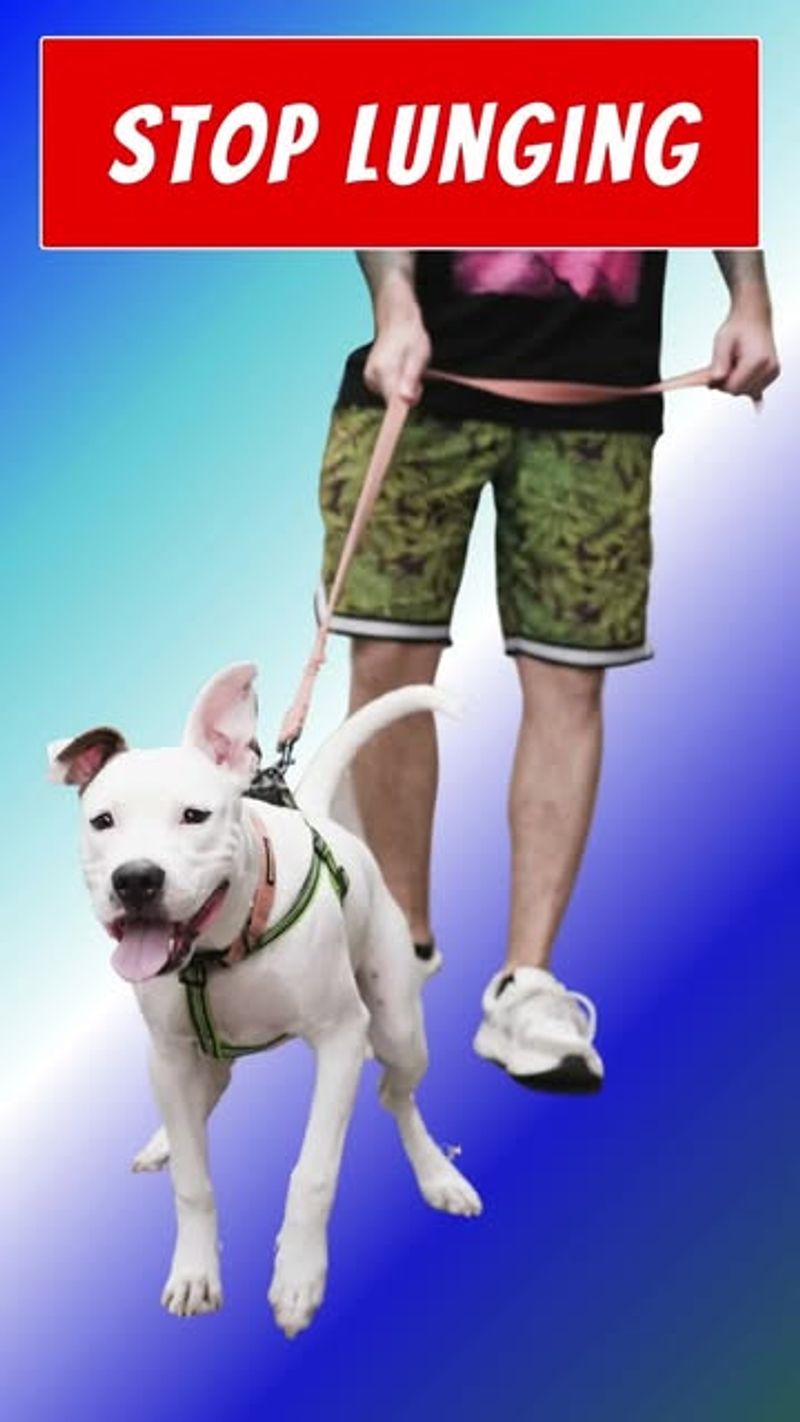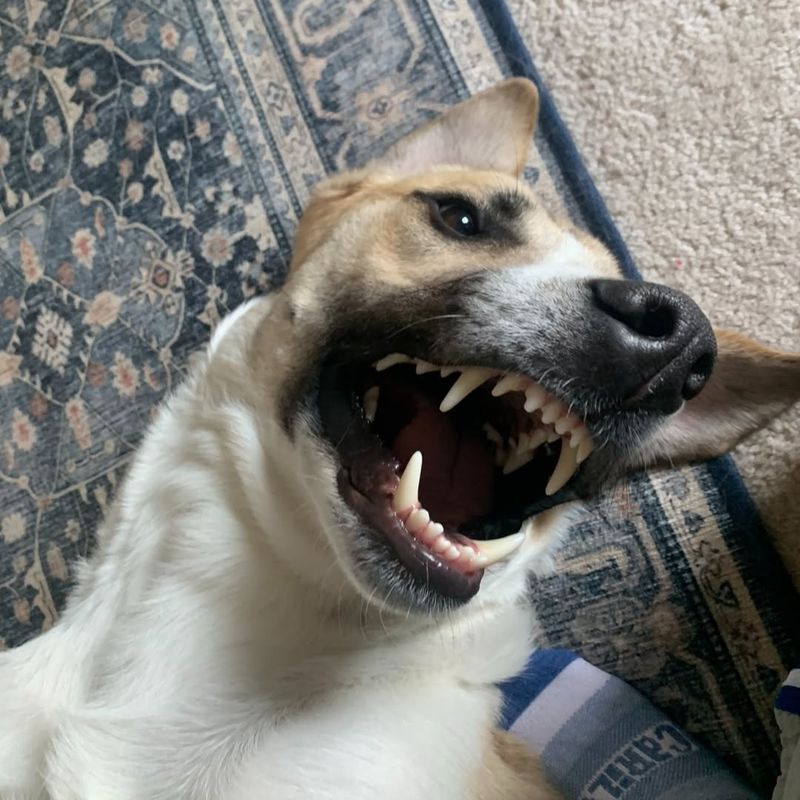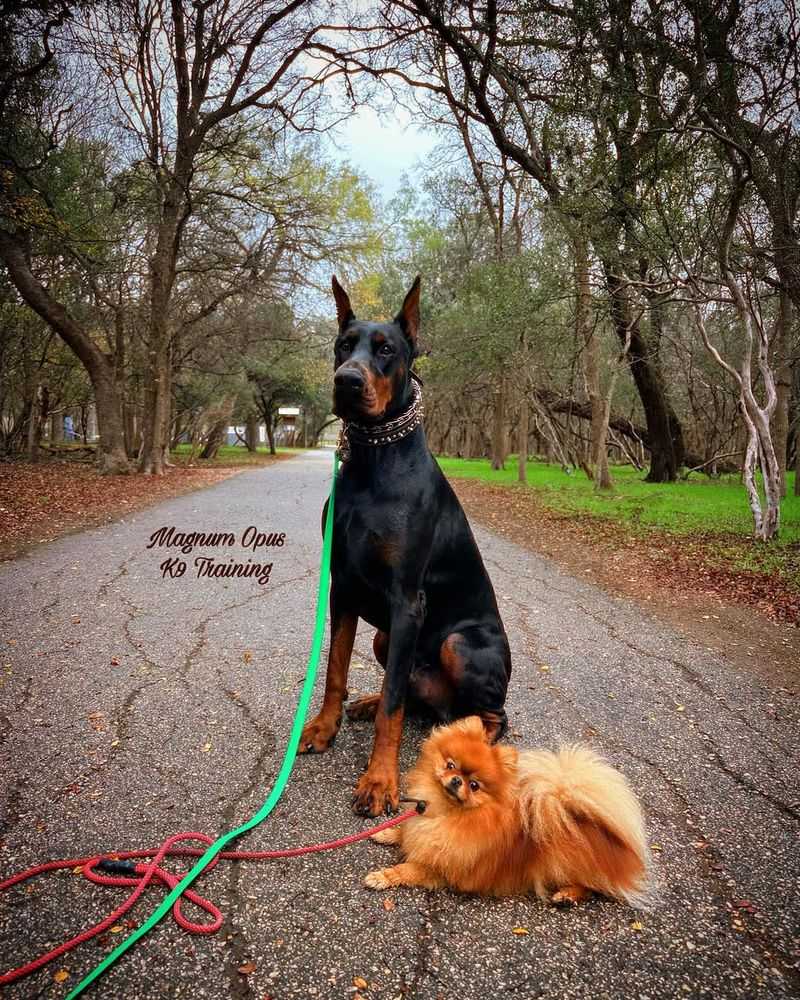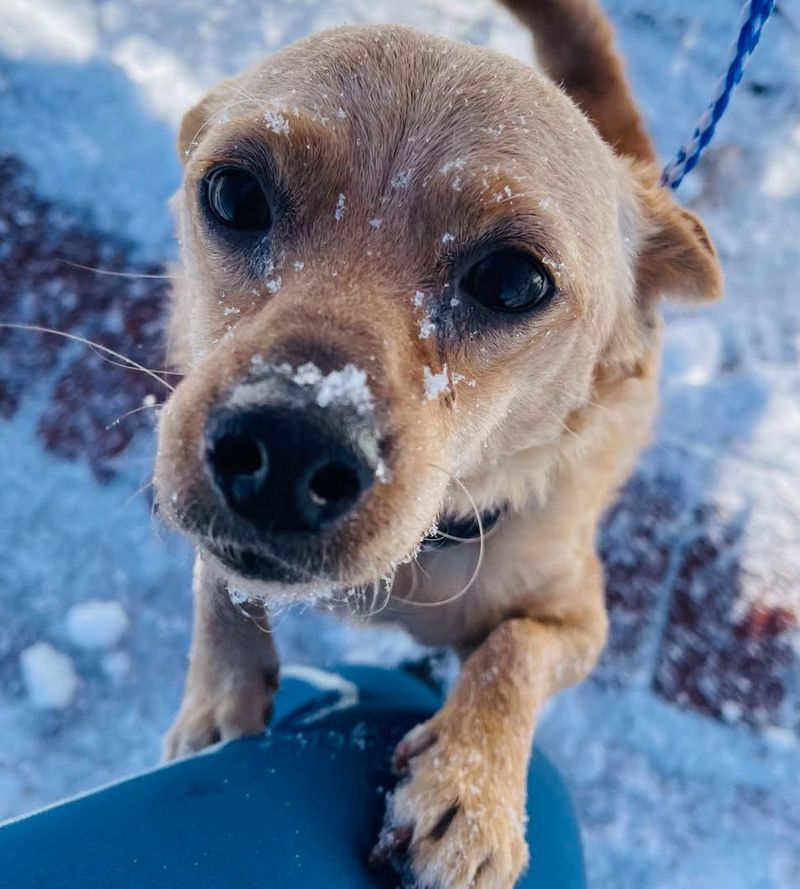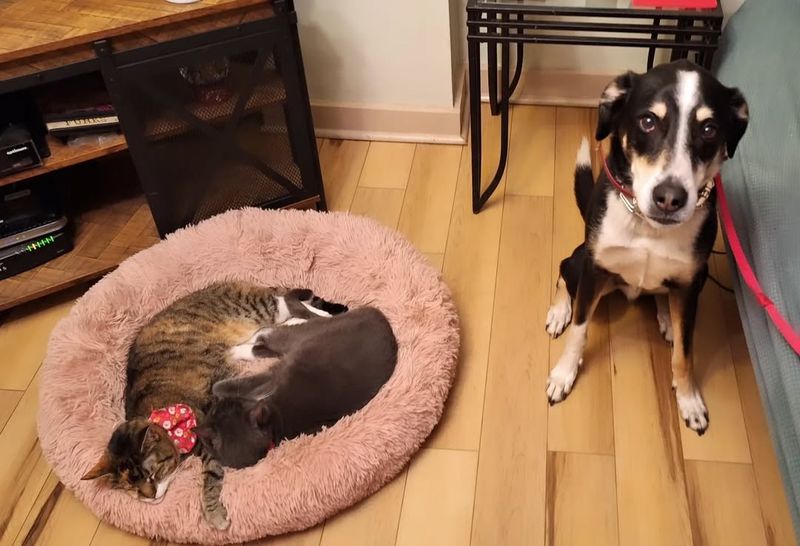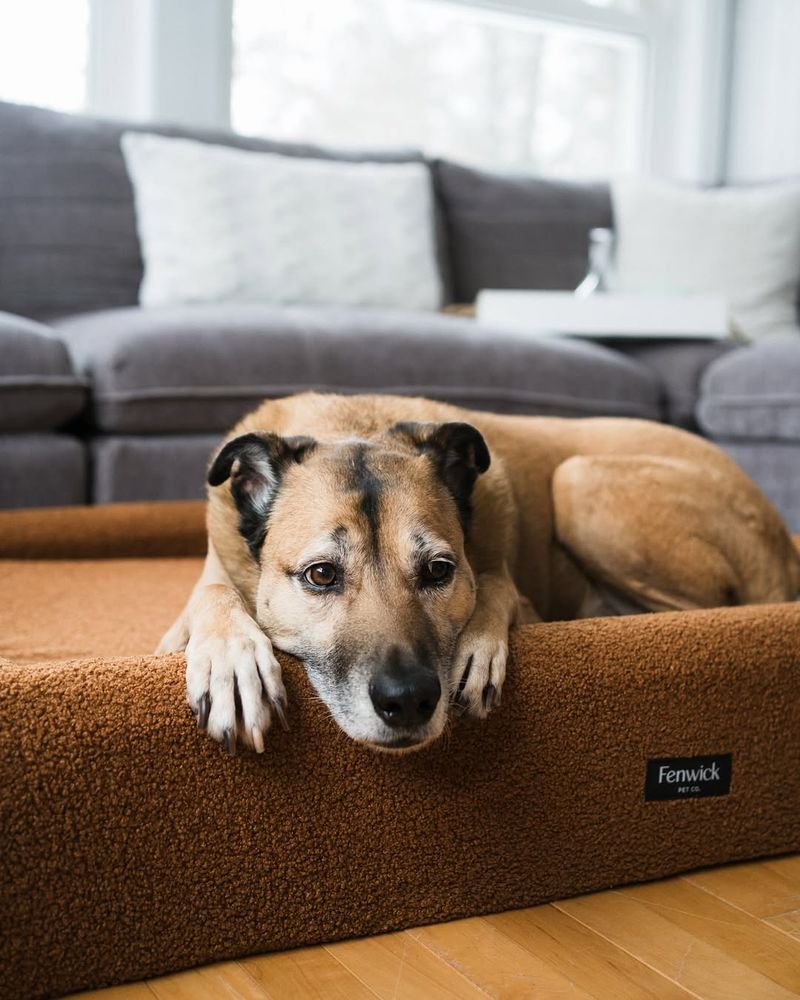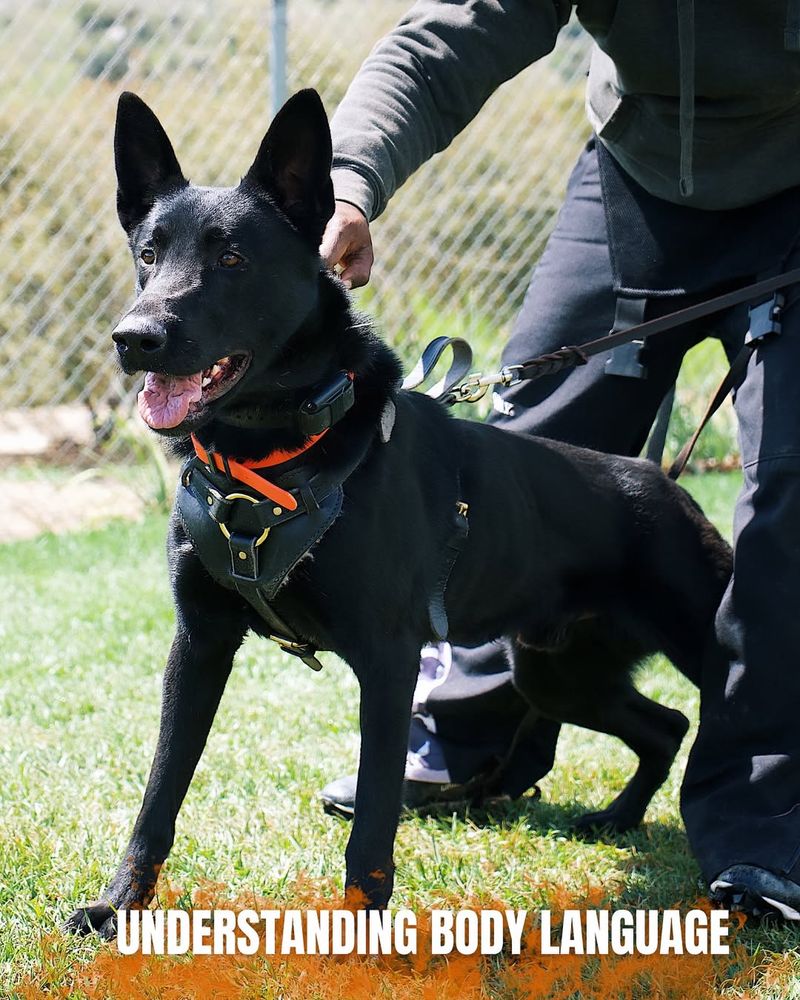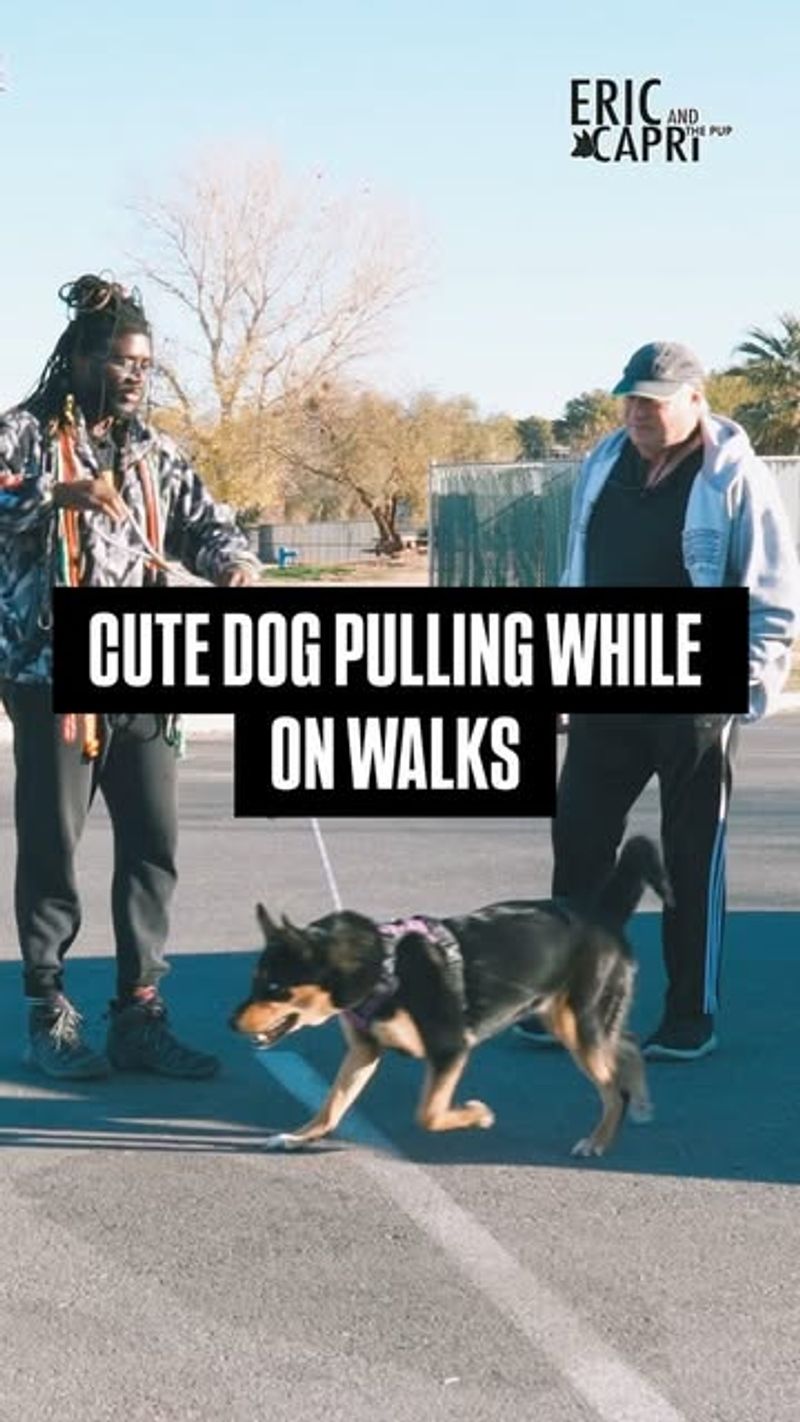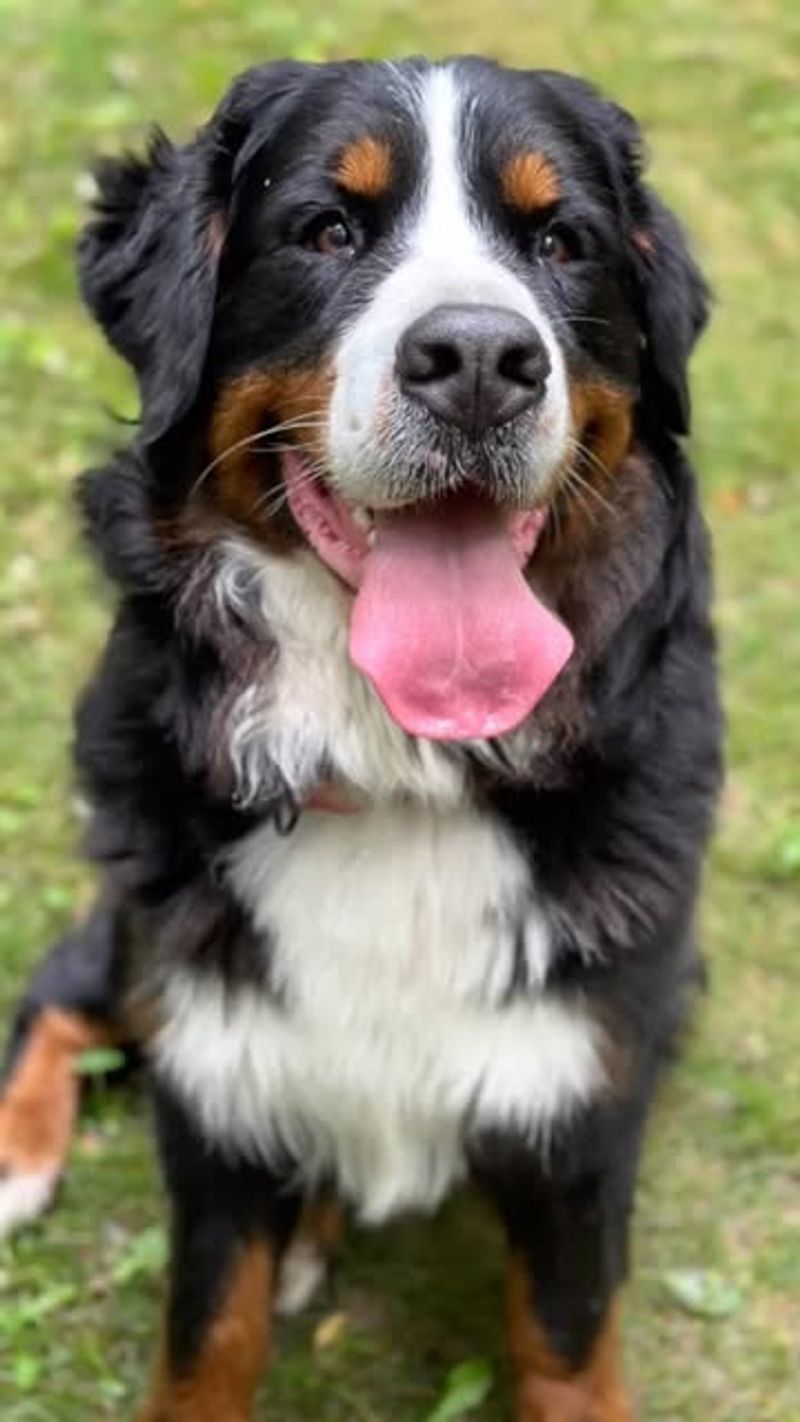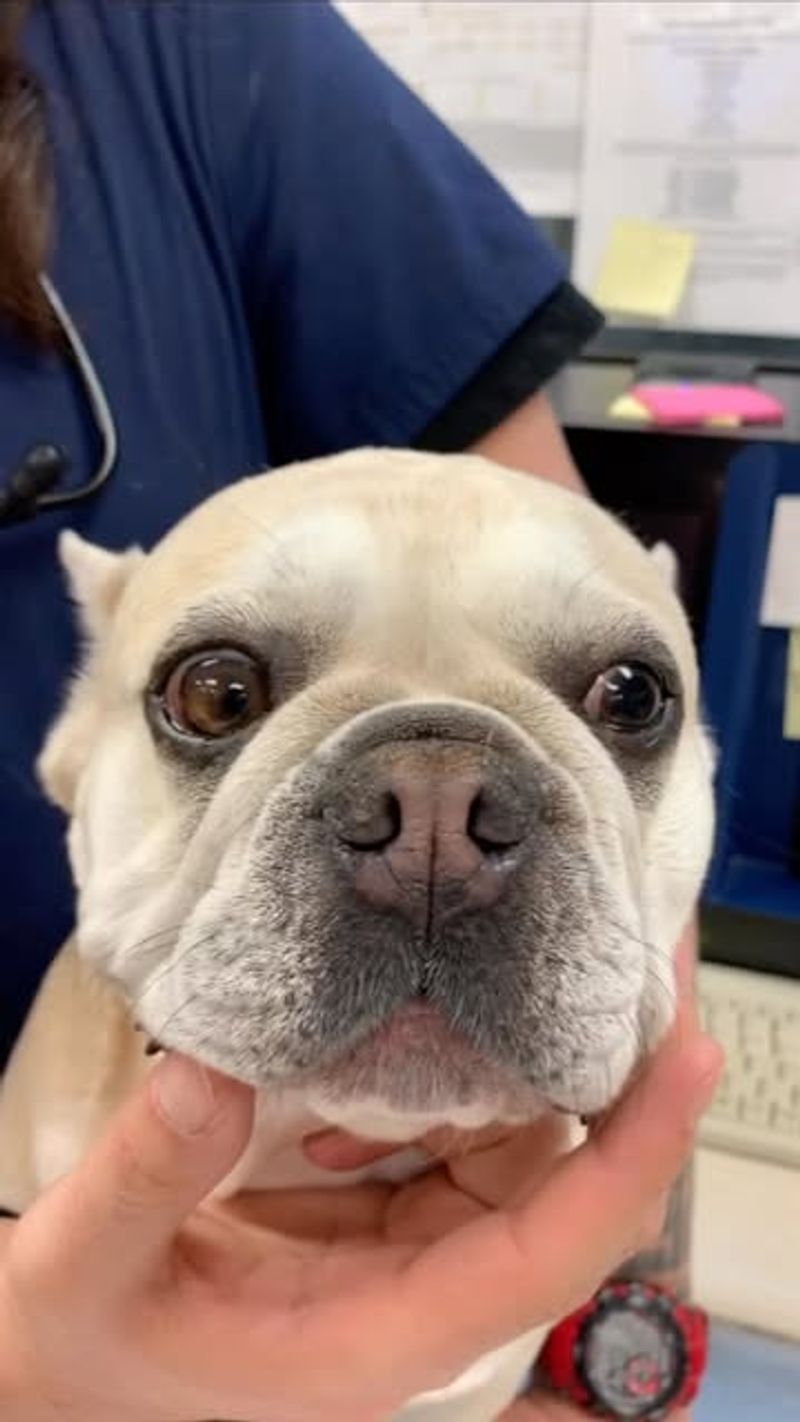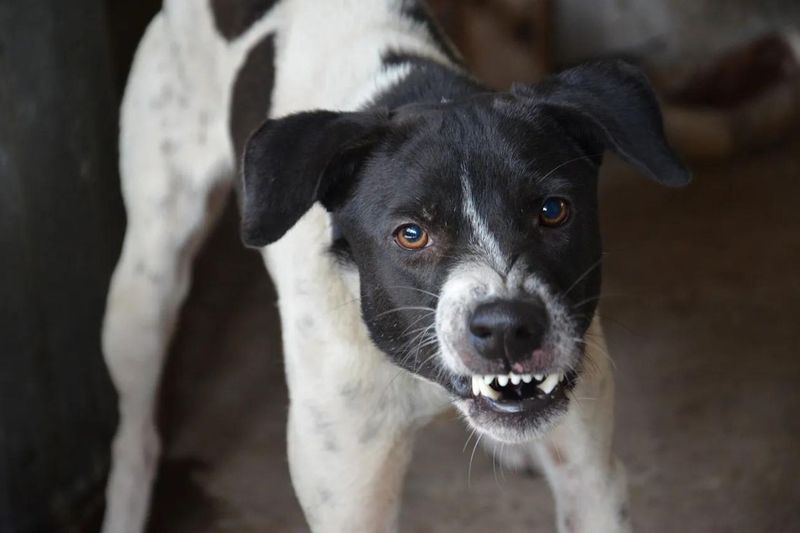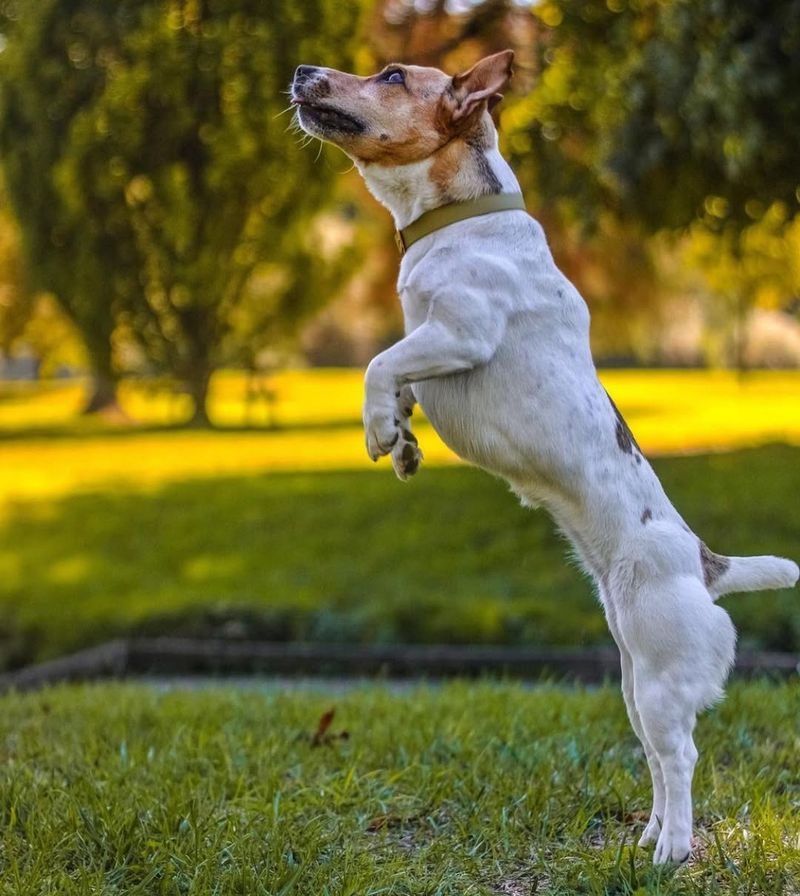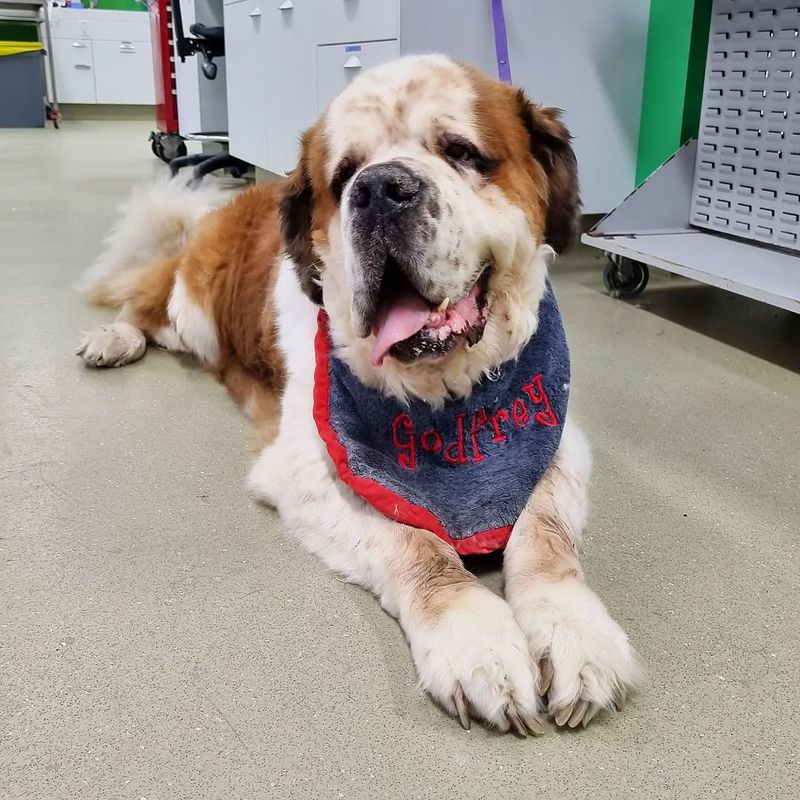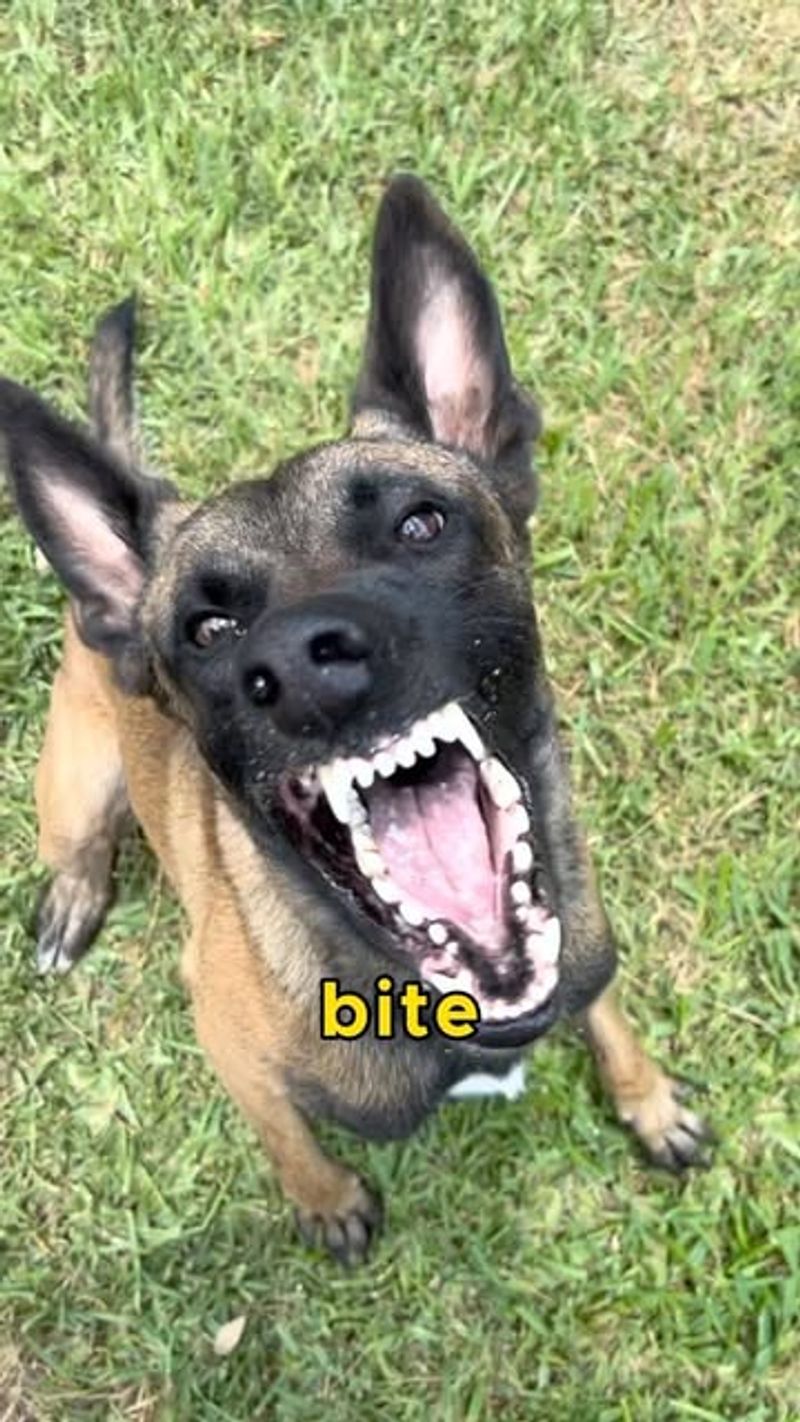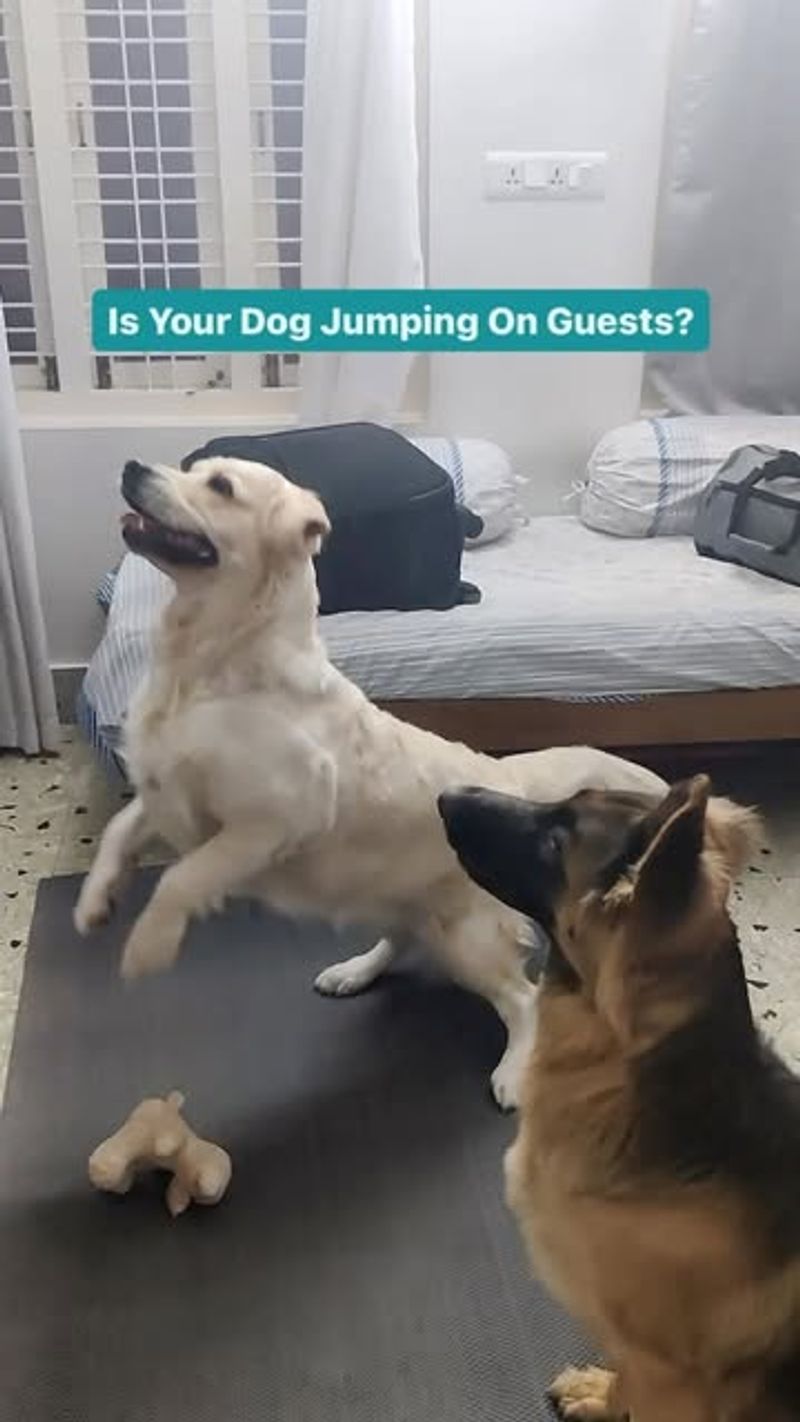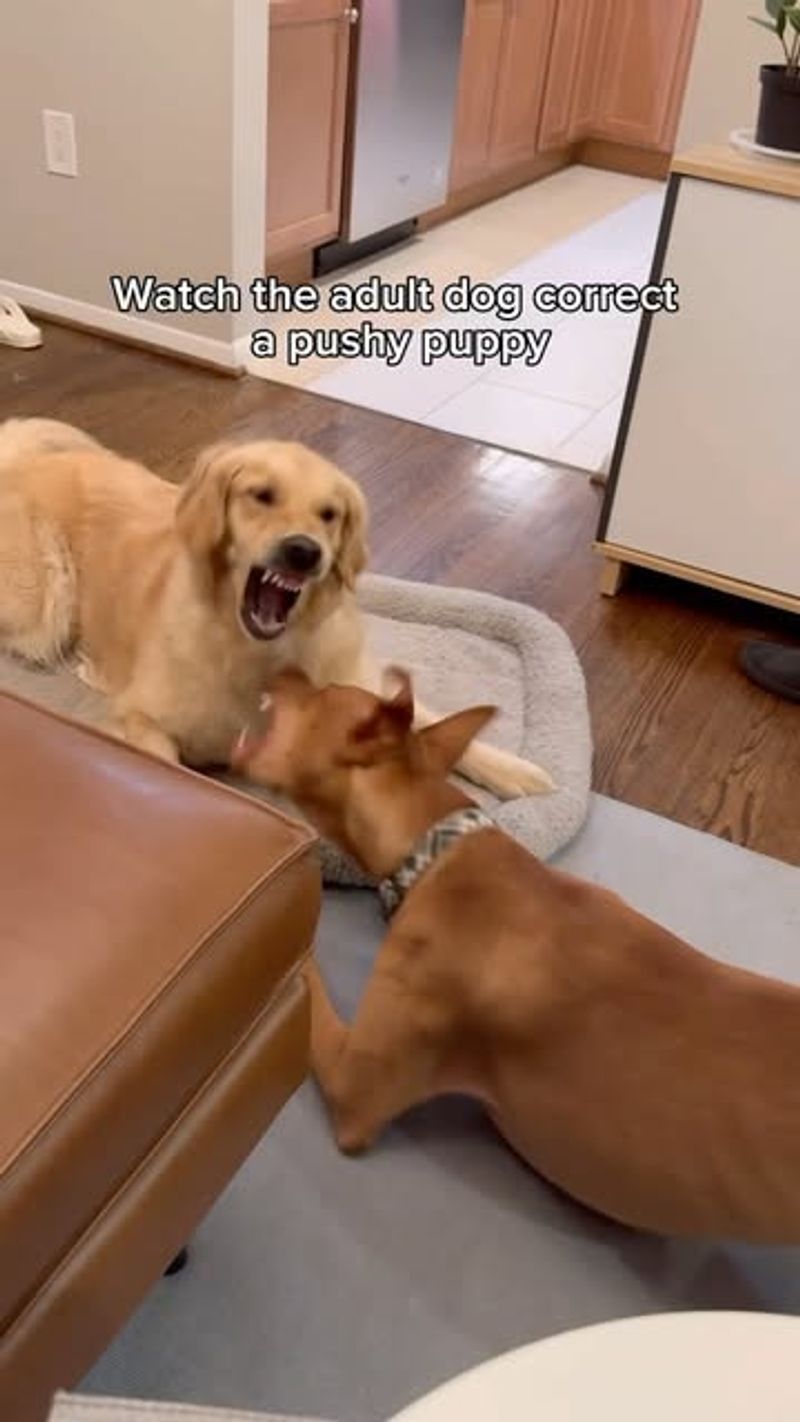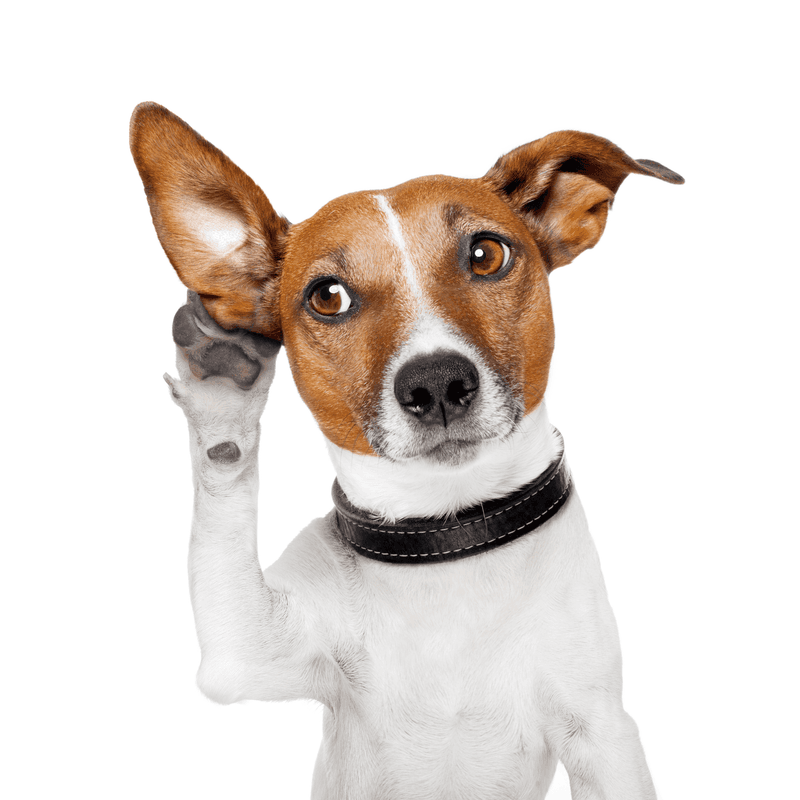Reactive dogs can present unique challenges, often exhibiting behaviors that require understanding and patience. Recognizing the signs of reactivity is the first step toward effective management and training. This post explores 19 indicators that your dog might be reactive, along with insights into how targeted training can help. Each sign is explained with illustrative examples and practical advice to support both you and your pet on the path to a calmer, more confident life together. Let’s explore these signs and discover how training can transform your dog’s behavior.
Excessive Barking
Dogs bark, but when barking becomes excessive, it might indicate reactivity. This usually happens when your dog perceives a threat or is overly excited. In a quiet neighborhood, your dog’s constant barking might disturb the peace.
To address this, identify the triggers that cause your dog to bark excessively. Often, training techniques using positive reinforcement can redirect attention and reduce the urge to bark. Consistent practice and patience are key. Over time, your dog will learn to remain calm and composed, even when the environment is bustling with activity.
Lunging on Leash
Leash lunging often occurs when a dog is overly stimulated or anxious about their surroundings. This can be particularly challenging during walks in crowded areas.
To counteract this behavior, it’s crucial to practice controlled walking sessions. Use positive reinforcement to reward calm behavior and gradually increase exposure to more stimulating environments. Professional training classes can also provide structured guidance. With time and consistency, your dog will become more comfortable walking beside you without feeling the need to lunge unexpectedly.
Growling at Strangers
Growling is a natural way for dogs to express discomfort or fear, particularly around strangers. It is often a sign that a dog is feeling threatened or insecure.
Training can help mitigate this behavior by building your dog’s confidence and trust in humans. Start by introducing your dog to new people in a controlled and positive environment. Reward calm and friendly interactions. With patience, your dog will learn that strangers are not threats, but potential friends.
Avoidance Behavior
Some reactive dogs may exhibit avoidance behavior, like hiding or retreating from situations they find stressful. This is their way of coping with overwhelming stimuli.
To help your dog, create a safe space where they feel secure. Gradually expose them to the triggers of their fear in a controlled manner. Positive reinforcement and patience are crucial here. The ultimate goal is to assure your dog that they are safe and can handle the situation confidently.
Snapping at Hands
A dog that snaps at hands can be a cause for concern, often indicating fear or discomfort. This behavior is sometimes rooted in negative past experiences.
Training focused on desensitization can be beneficial. Gradually teach your dog to associate hands with positive experiences, using treats and praise. Ensure that interactions are calm and predictable. Over time, your dog will begin to trust human hands and respond more positively, reducing the incidence of snapping.
Hyper-Focus on Other Animals
A dog exhibiting hyper-focus on other animals can become difficult to manage, especially during walks. This intense focus often signals a reactive dog, unable to break its concentration.
Redirecting your dog’s attention through training can help. Use commands that encourage them to look at you instead of the other animal. Reward them for breaking focus. With consistent practice, your dog will learn to ignore distractions and remain calm, even in the presence of other animals.
Pacing Anxiously
Pacing is often a physical manifestation of stress or anxiety in dogs. This restless movement can indicate that a dog is feeling overwhelmed or uncertain.
To aid your dog, create a calm and structured environment. Engage in regular training to build confidence and security. Sometimes, simple changes like a more predictable routine can significantly reduce anxiety. Over time, your dog will start to feel more at ease and reduce its pacing behavior.
Whining or Crying
Whining or crying often signals discomfort or anxiety in dogs. This vocalization is their way of communicating distress, particularly when left alone or in unfamiliar settings.
Training can address this by gradually teaching your dog how to cope with separation or new environments. Start with short absences and reward calm behavior. Consistent training will help your dog feel more secure, reducing the frequency of whining as they learn to trust that you will return.
Stiff Body Posture
A stiff body posture in dogs can be a precursor to reactive behavior. It often indicates tension and apprehension, especially in social settings.
Training can assist in alleviating this tension by increasing your dog’s confidence. Encourage relaxed behavior through positive reinforcement and structured socialization. Gradually, your dog will learn to adapt to different environments and interactions without resorting to stiffness.
Pulling During Walks
Leash pulling is a common challenge for owners of reactive dogs. It often stems from excitement or anxiety about the surrounding environment.
Training can help transform walks into a more enjoyable experience. Teach your dog to heel and reinforce calm walking with treats and praise. Consistency in training will eventually lead to more controlled and pleasant walks, as your dog learns to follow your lead.
Excessive Panting
Excessive panting can be a sign of stress or excitement in dogs. When not related to heat or exercise, it signals that your dog might be feeling overwhelmed.
Training can help identify and reduce triggers causing this panting. Creating a calm environment and engaging in stress-reducing activities can make a difference. Over time, your dog will learn to manage their emotions better, reducing the frequency of excessive panting.
Dilated Pupils
Dilated pupils often signal heightened arousal or stress in dogs. This physiological response is usually a sign that the dog is reacting to an environmental stimulus.
Through training, you can help your dog associate these stimuli with positive outcomes. Practice calmness and reward relaxed behavior. Gradually, your dog will become less reactive, as they learn to focus on you and remain calm, despite the initial stressors.
Defensive Snarling
Defensive snarling often indicates a dog is feeling threatened or protective, especially around resources like food or toys.
Training should focus on reducing resource guarding tendencies. Teach your dog to share and reward them when they demonstrate calm behavior around their possessions. With patience, your dog will become more relaxed and less likely to resort to snarling as a defense mechanism.
Overeager Jumping
Jumping can be a sign of excitement, but in reactive dogs, it often indicates an inability to control impulses.
Training can reduce jumping by encouraging alternative, calm behaviors. Teach your dog to sit and stay when greeting people. Reward them for waiting patiently. Over time, your dog will learn that calmness and politeness are more rewarding than jumping.
Trembling or Shaking
Trembling or shaking can indicate fear or extreme excitement. It is often seen in dogs that are reactive to certain situations or environments.
To help your dog, focus on desensitization and building confidence. Introduce them slowly to the environments or stimuli that cause trembling. Positive reinforcement is essential to reassure your dog. Over time, they will learn to stay calm and composed, reducing instances of shaking.
Excessive Drooling
Excessive drooling can be a sign of stress or nervousness in dogs, particularly during travel or when exposed to new environments.
Training can address this by gradually acclimating your dog to the triggers of their stress. Start with short car rides and rewarding calm behavior. Consistent exposure with positive outcomes will help your dog feel more comfortable, reducing drooling over time.
Biting or Nipping
Biting or nipping, even playfully, can be problematic in reactive dogs, indicating overstimulation or a lack of boundaries.
Training is essential to set limits and encourage gentler play. Teach your dog to understand the difference between play and aggression. Reinforce gentle behavior with treats and praise. With consistent training, your dog will learn to engage in play without resorting to nipping.
Hyperactivity
Hyperactivity in dogs can result from excess energy and insufficient mental stimulation, often seen in reactive breeds.
Training combined with regular exercise can transform hyperactivity into focused energy. Engage your dog in activities that challenge them both physically and mentally. Gradually, you will notice improved behavior as your dog learns to channel their energy constructively.
Growling at Other Dogs
Growling at other dogs often signals discomfort or territorial instincts in reactive dogs.
To address this, focus on socialization and controlled interactions. Training sessions that reward calm behavior around other dogs can help reduce growling. Gradually, your dog will learn to navigate social situations more comfortably, fostering better canine relationships.
Ignoring Commands
When a dog ignores commands, it can indicate overstimulation or a lack of focus, common in reactive dogs.
Training that reinforces basic obedience and attention can improve response to commands. Use high-value rewards to capture your dog’s focus and consistently practice commands in various environments. Over time, your dog will learn to prioritize your commands over distractions, enhancing their overall behavior.
Fear of Loud Noises
Loud noises can trigger fear and reactivity in dogs, leading to hiding or escape attempts.
To help your dog cope, create a safe and comforting space during noisy events. Gradual desensitization training can reduce fear responses. Introduce your dog to recordings of loud noises at a low volume, slowly increasing the volume as they become more comfortable. Reward calm behavior to reinforce positive associations, helping your dog manage their fear effectively.
